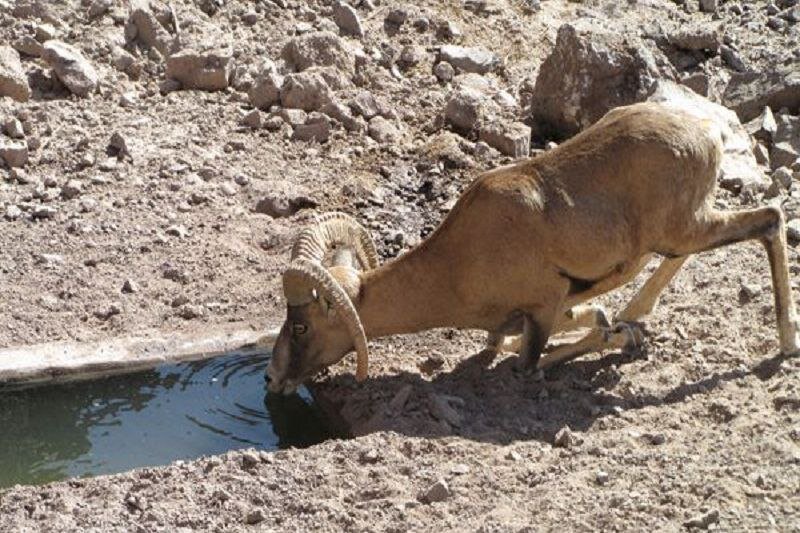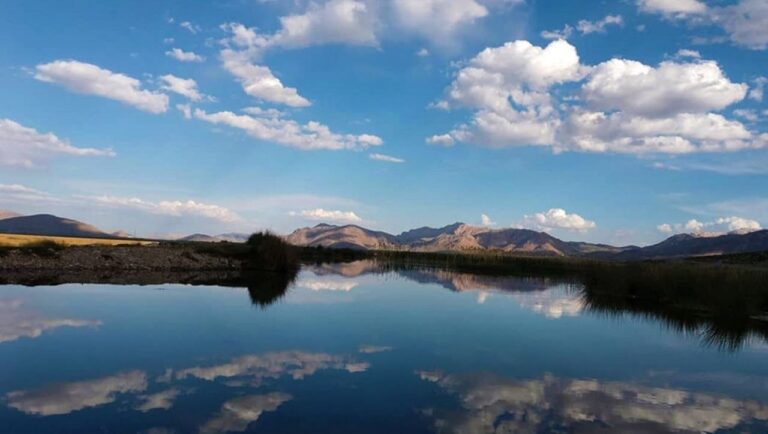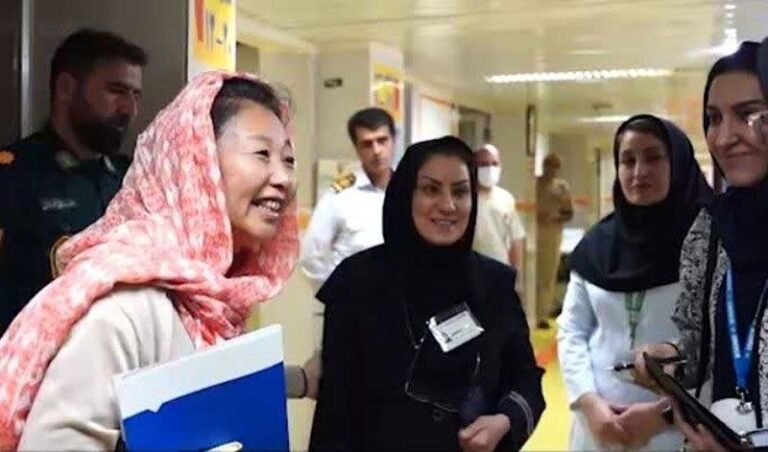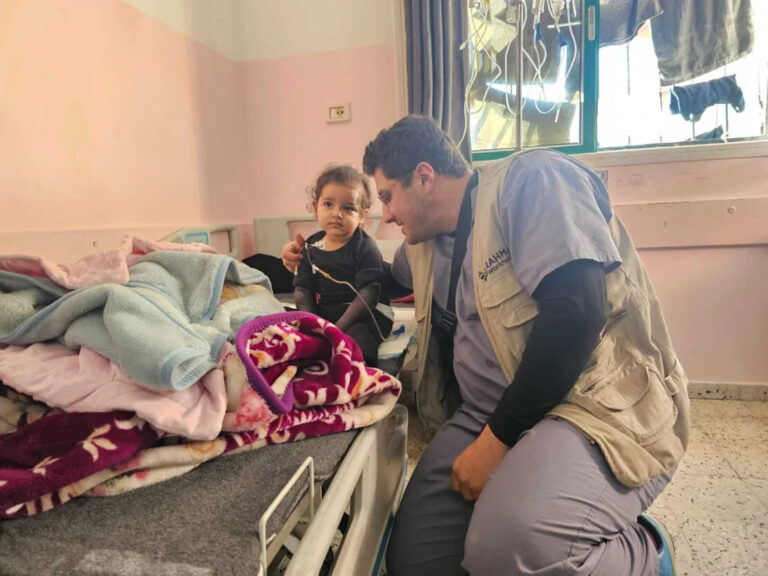Spring Showers Breathe New Life into Lake Urmia’s Reservoirs, Boosting Wildlife Habitats
Recent spring rains have significantly replenished Lake Urmia’s reservoirs, contributing to the restoration of this vital ecosystem. With approximately 550,000 liters of water now stored for wildlife, the efforts to revive Lake Urmia are showing promising results, according to Behzad Shir-Panjeh, the head of the National Park of Lake Urmia.
Located in the northwestern West Azarbaijan province, Lake Urmia is the largest lake in West Asia and ranks as the sixth-largest salt lake globally. However, it began to dry up in the 2000s, raising concerns about the ecological balance and the survival of numerous species that depend on this habitat.
The recent precipitation in the lake’s basin has not only replenished water reserves but has also fostered the growth of vegetation and shrubs. This increase in greenery provides a vital food source for wildlife inhabiting the islands of Lake Urmia, which has seen a resurgence in water reserves compared to the previous Iranian year (March 2024 – March 2025).
Shir-Panjeh highlighted the significance of the water reservoirs within the Ashk Island of Lake Urmia, which hosts one of the most important habitats for the Persian yellow deer. There are currently five water reservoirs in Ashk Island and one or two in Espir and Kabudan Islands. The collected water is planned to be released during the summer months, ensuring that the wildlife continues to thrive.
Restoration Efforts for Lake Urmia
Efforts to restore Lake Urmia are being bolstered by a collaborative project spearheaded by the United Nations Development Programme (UNDP) and supported by the Government of Japan. The Food and Agriculture Organization of the United Nations (FAO) is also joining these efforts to promote sustainable agricultural practices and conservation solutions for the lake.
On December 1, 2024, an agreement was signed between the Government of Japan and UNDP, launching “The Project for Developing Conservation Systems of Wetlands in Lake Urmia and Other Wetlands, Including Their Surrounding Communities.” This project is set to run from 2024 to 2028 and will be implemented in partnership with the Department of Environment and FAO.
Focus Areas of the Project
- Sustainable Agriculture: The initiative aims to enhance sustainable agricultural practices, ensuring that local communities can thrive while protecting the lake’s ecosystem.
- Climate-Adapted Livelihoods: The project promotes livelihoods that are resilient to climate change, helping farmers adapt to changing environmental conditions.
- Biodiversity Conservation: Preserving the biodiversity of wetlands is critical, as these ecosystems are essential for various species and overall environmental health.
Lake Urmia is facing considerable challenges due to the overconsumption of water resources, a situation further aggravated by the impacts of climate change. Local agricultural activities are increasingly vulnerable to water shortages, which threaten both the economy and the environment of the region. Studies suggest that ongoing climatic changes could disrupt agrifood systems and jeopardize the fragile ecosystem of the lake.
To address these challenges, the FAO, with the support of the Government of Japan, has identified technical agricultural solutions aimed at improving water efficiency in the Lake Urmia basin. These measures are crucial for conserving the internationally recognized biosphere reserves.
The Decline of Lake Urmia
Since 1995, Lake Urmia has been shrinking at an alarming rate due to rapid agricultural expansion upstream and the effects of climate change. These factors have pushed this precious lake to the brink of depletion, endangering the health, economy, environment, and agriculture of the surrounding region.
Despite ongoing efforts from the Lake Urmia Restoration Program National Committee, which has focused on the lake’s recovery since 2013, the critical situation persists. This demonstrates the need for comprehensive sustainability and management solutions as part of any action plan.
In 2016, the FAO launched the “Integrated Program for Sustainable Water Resources Management in the Lake Urmia Basin,” funded by the Government of Japan. Key outcomes from this initiative included the implementation of a water accounting project and the identification of water-consuming hotspots within the basin.
Importantly, water accounting has illuminated the substantial contribution of both irrigated and rainfed agriculture to the total evapotranspiration of the lake, underscoring the necessity of water-saving measures for the lake’s restoration.
As the situation evolves, continued collaboration and innovative strategies will be vital in ensuring the preservation of Lake Urmia and its surrounding ecosystems.






